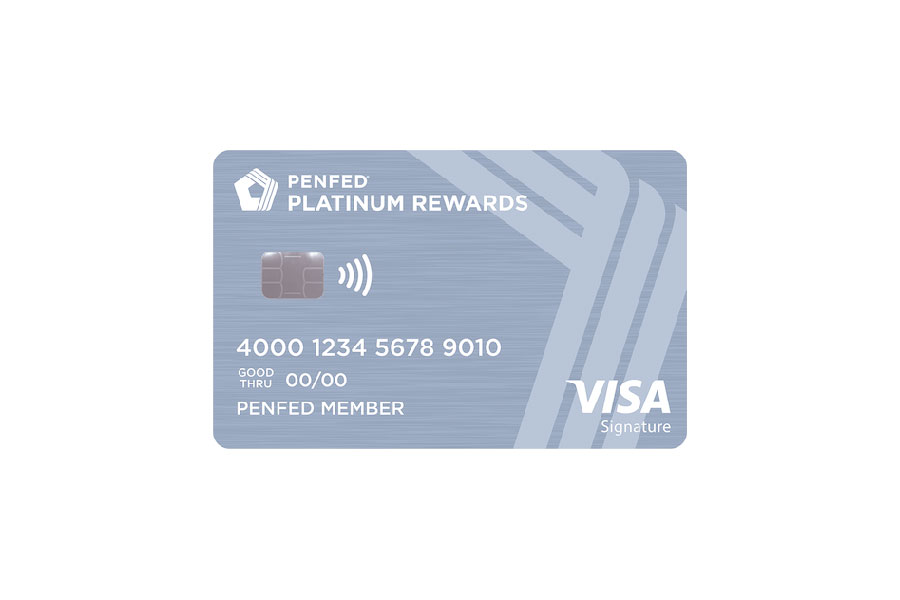Opening your first credit card or purchasing a car through a lease or loan represents an exciting step for most young adults. But when you’re trying to build credit, it might feel as if every small step takes forever to make an impact in your credit profile.
t’s important to understand the timeline when you’re trying to build credit. If you’ve opened a few new accounts and have been making on-time payments, you might wonder: “How long does it take to see the fruits of my credit-building efforts reflected in my score?”

Understanding the Credit Reporting Process
Every time you make a transaction with a credit card, secure a loan, or engage in any activity that involves credit, your credit card company or lender captures this information. This includes on-time payments, missed payments, credit limit increases, loan amounts, and even credit inquiries.
Credit card issuers, lenders, and other financial institutions typically send this information to the three major credit bureaus: Equifax, Experian, and TransUnion. How often they report can vary, but most do it on a monthly basis. This consistent reporting ensures that the three credit bureaus have up-to-date information on your credit activity.
Once the three credit bureaus receive this information, they compile it into what’s known as your credit report. This report is a detailed summary of your credit history, showcasing your behavior as a borrower. It includes open and closed credit accounts, your payment history, credit inquiries, and any derogatory marks like bankruptcies or liens.
Your credit report is then accessible to other lenders, landlords, and sometimes even employers (with your permission) to help them determine your creditworthiness. It’s essentially your financial report card, showcasing your responsible credit habits or highlighting areas needing improvement.
Minimum Requirements for Generating a Credit Score
You’ve probably heard the term “credit score” tossed around, but how exactly is it determined? And why doesn’t your credit score pop up immediately after opening your first credit card account or securing a loan?
Account Age
One of the foundational elements of a credit score is the age of your credit accounts. Many credit scoring models, especially the popular FICO scoring model, require at least one credit account to be open for a minimum of three to six months to generate a reliable credit score. This duration allows for enough data to be collected to provide an accurate reflection of your credit behavior.
Reporting Frequency
While having a credit account is the first step, it’s not just about the account’s existence. There needs to be some activity on it. Maybe you’ve made a few purchases on your credit card or made a couple of loan payments. This activity, once reported to the credit reporting agencies, starts painting a picture of your credit habits.
For a credit score to be generated, your credit account should have had some activity reported to the credit bureaus at least once in the past six months. This ensures that the credit score is based on recent and relevant data, giving lenders and others an up-to-date snapshot of your credit health.
Factors Influencing the Timeframe
The journey to your first credit score isn’t just a simple countdown; several factors can affect when you’ll finally see that number.
Type of Account
Different credit accounts have various impacts on your credit report.
- Credit Cards: As a form of revolving credit, credit card activity can have swift implications on your credit scores, especially if you’re making on-time payments and maintaining a low credit utilization ratio. These cards might also have frequent reporting, making them one of the fastest ways to build credit.
- Personal Loans: As installment loans, they have fixed payment amounts over a specified period. Regular on-time loan payments can boost your credit, but the reporting might not be as frequent as with credit cards.
- Auto Loans: These are also installment-based. However, the borrowed amount is often higher, and the loan’s management could significantly influence your credit profile.
Issuer Reporting Practices
While it’s standard practice for credit card issuers and lenders to report to the three credit bureaus, the frequency and thoroughness can vary.
- Frequency: Some issuers might report every month, while others might do so every two months or even quarterly. The more frequently they report, the quicker you’ll see changes in your credit score.
- Partial Reporting: It’s worth noting that not all lenders report to all three major credit reporting agencies. Some might only report to one or two, which can cause discrepancies in your credit reports across the bureaus.
Credit Reporting Errors
Despite best practices, errors can sometimes creep into the credit reporting process.
- Mistakes: An issuer might mistakenly not report an account or might report incorrect information. These mistakes can delay the appearance of your account on your credit report or even misrepresent your credit behavior.
- Fixing Errors: It’s essential to regularly review your credit reports for any discrepancies and report them. Rectifying errors can sometimes take time, but is crucial for maintaining an accurate credit profile.
Establishing a Credit Score: Typical Timeline
Understanding the typical timeline can set expectations and help you plan your credit-building journey more effectively.
Initial Reporting
Once you’re approved for a credit card or loan, the clock starts ticking. Typically, the credit card company or lender will send your account details to the credit bureaus within 30 to 60 days. This is the first step in weaving your credit history.
Generating a Base Credit Score
After three to six months of credit history — provided there have been regular reports of your account activity to the credit bureaus — the magic happens. With half a year’s worth of data on your credit habits, the bureaus now have enough to calculate your first credit score. This credit score will be a reflection of your early credit behavior, laying the foundation for your future financial endeavors.
How Different Credit Scoring Models Might Affect the Timeline
Credit scoring isn’t a one-size-fits-all scenario. Depending on the model used, there can be subtle to significant differences in how your credit score is calculated.
FICO: The Standard Bearer
While there are different versions of FICO scores tailored for various lending scenarios, most follow a similar structure. FICO scores consider factors such as payment history, credit utilization, and length of credit history. For new credit users, it might take around six months of credit history to generate a FICO score.
VantageScore: The Challenger
VantageScore, created by the three major credit reporting agencies, differs in its approach. One of its versions can score consumers with shorter credit histories, potentially allowing for a credit score in less than six months. This model also weighs factors differently than FICO.
Implications for New Credit Users
With various models at play, new credit users might find discrepancies in credit scores from different sources. It’s essential to understand which model a lender uses, especially when seeking new credit.
Tips to Boost and Maintain Your Credit Score Early On
Laying a strong foundation is key. Here’s a deeper dive into cultivating commendable credit habits.
- Timely payments: Payment history accounts for a significant portion of your credit score. Consistently making your payments on time boosts your credit scores and establishes trust with lenders. Automating payments or setting reminders can help keep you on track.
- Credit utilization ratio: It’s not just about how much credit you have, but how you use it. High credit card balances can signal risk to lenders. Aiming for a credit utilization ratio below 30% — and ideally even lower — portrays responsible credit management.
- Credit mix: Diversification isn’t just for investments. Lenders like to see that you can manage different types of credit responsibly. While not essential, having a mix can give your credit scores a slight boost. But remember, only open credit accounts when necessary.
- Credit monitoring: Staying informed is half the battle. Regularly checking your credit reports helps catch errors or signs of fraud early. Free annual reports from the three credit bureaus and monitoring services can be invaluable tools.
- Secured credit cards: For those new to credit or looking to rebuild, a secured credit card offers a straightforward way to start. It requires a security deposit, which serves as your credit limit. Using it responsibly can establish a positive credit history.
- Credit builder loans: Similar to a secured card, a credit builder loan is designed for those aiming to build or improve their credit. You essentially take out a small loan, but the funds are held by the lender until you finish making payments, helping you establish a record of timely payments.
- Authorized user status: Becoming an authorized user on someone else’s credit card account can help you build credit if the primary cardholder has a strong credit history. This can be an effective way for those new to credit or looking to improve their credit score, as long as the account is managed responsibly.
Potential Pitfalls to Avoid
Building credit comes with potential missteps. Here are some pitfalls to be wary of.
- Too much new credit: Every credit application results in a hard inquiry, which can shave a few points off your credit score. Several applications in a short span can portray desperation to lenders, causing further score dips.
- Ignoring balances: Believing a credit card issuer will automatically close a dormant account or forgetting about small balances can hurt your credit score and potential lender relationships.
- Missed payments: A single missed payment can stay on your credit report for up to seven years. Beyond the immediate credit score drop, it can also signal risk to future lenders. Always aim to at least make minimum payments, and if you’re struggling, reach out to your lender for potential solutions.
Conclusion
Building credit is a marathon, not a sprint. While you’re eager to see that good or excellent credit score, remember it’s the consistent, responsible credit habits over time that benefit your financial future. Whether you’re using a secured credit card, credit builder loan, or any other credit-building tool, the key is patience, regular monitoring, and a commitment to good credit habits.




